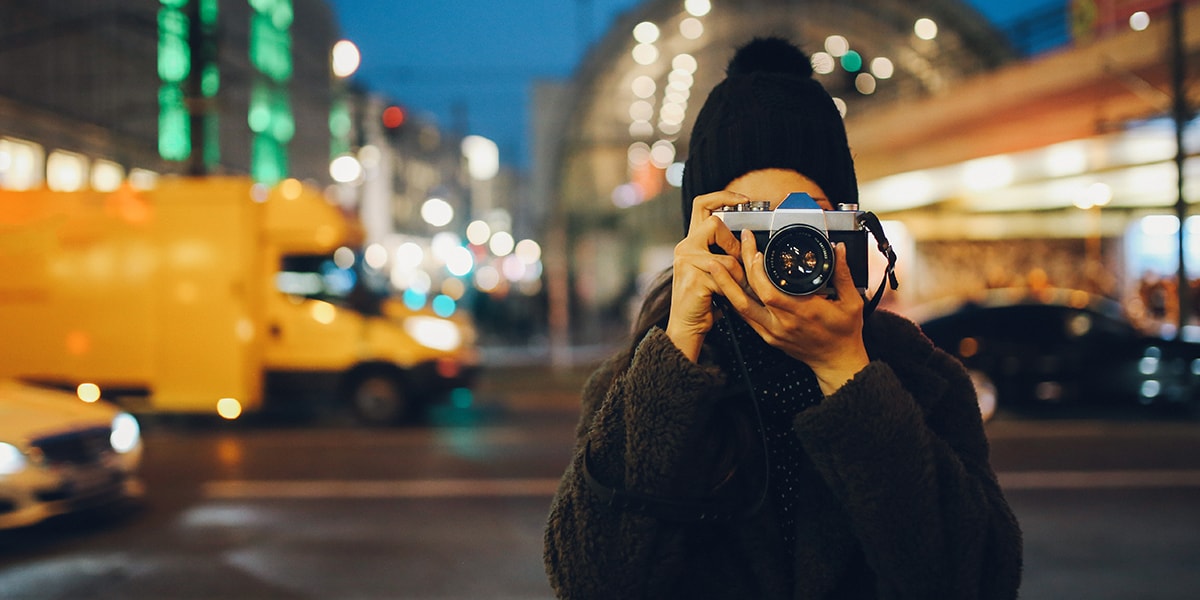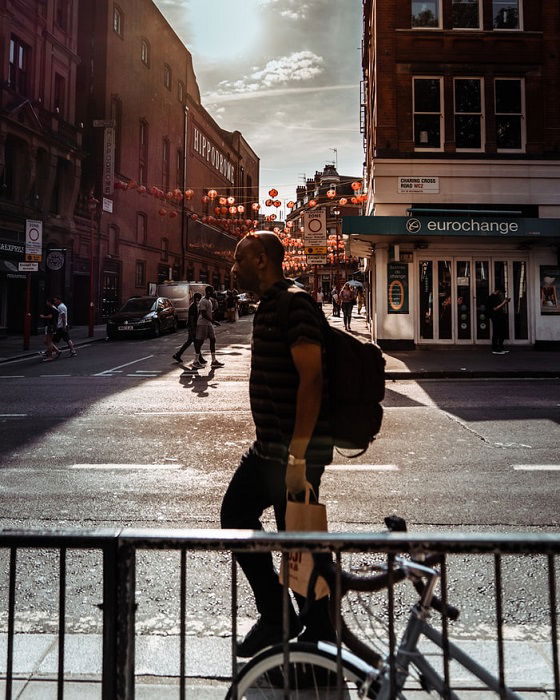All about Framing Streets
Getting The Framing Streets To Work
Table of ContentsThe Of Framing StreetsThe Best Guide To Framing StreetsSome Known Incorrect Statements About Framing Streets An Unbiased View of Framing Streets

Both at the Gallery of Modern Art (Mo, MA). Influenced by Frank, in the 1960s Garry Winogrand, Lee Friedlander and Joel Meyerowitz began photographing on the streets of New york city. Phil Coomes, composing for BBC News in 2013, said "For those people interested in street photography there are a few names that stand out and among those is Garry Winogrand"; critic Sean O'Hagan, creating in in 2014, claimed "In the 1960s and 70s, he defined road photography as a perspective in addition to a design and it has laboured in his shadow since, so conclusive are his photos of New york city." Going back to the UK in 1965 from the US where he had actually satisfied Winogrand and embraced street digital photography, Tony Ray-Jones turned a wry eye on commonly surreal groups of British individuals on their holidays or joining celebrations.
Road digital photography is a vast category that can be specified in numerous means, however it is often defined by the spontaneous recording of an unrepeatable, fleeting minute, frequently of the day-to-day going-ons of strangers. It is characteristically shot with larger angle lenses (e. g. 35mm) and generally includes city atmospheres.
Our Framing Streets Statements
Documentary digital photographers normally have actually a defined, conscious message and an intention to tape-record certain occasions in background (https://www.provenexpert.com/framing-streets/). The gamut of the docudrama technique includes facets of journalism, art, education, sociology and history. In social investigation, documentary images are typically meant to provoke, or to highlight the demand for, social change
Road digital photography is generally seen as unposed and candid, but there are a couple of road photographers that communicate with go now complete strangers on the streets and take their portraits. Street pictures are unplanned portraits taken of complete strangers while out doing street photography, nonetheless they are viewed as posed because there is communication with the topic.
e. 'honest digital photography' by interpretation) for art objectives has actually been debatable. Photographing individuals and locations in public is legal in many countries safeguarding freedom of expression and journalistic liberty. There are generally limitations on exactly how photos of individuals may be used and most nations have certain laws regarding individuals's privacy.
All about Framing Streets
Of flexibility of expression. While likewise limiting photography in order to shield personal privacy legal rights, street photography can still be lawful in France when sought as an art kind under particular scenarios.

. that simply strayed right into a scene), or who are not also identifiable in the photo. https://pubhtml5.com/homepage/jtdxv/. It likewise does not normally prolong to people that are public numbers (e. g - photography presets. politicians or celebs). If a photo is considered art, the courts will certainly likewise think about the photographer's liberty of creative expression; implying that "artistic" street digital photography can still be legitimately published in particular situations
The smart Trick of Framing Streets That Nobody is Discussing
Photographing the police and publishing the pictures is additionally legal.
In Hungary, from 15 March 2014 anybody taking photographs is technically damaging the law if someone wanders into shot, under a brand-new civil code that disallows taking pictures without the permission of everyone in the picture - Street photography. This expands the regulation on authorization to consist of the taking of photographs, in enhancement to their publication
'Surprise digital photography' (kakushidori hidden, surreptitious photography) 'swiped digital photography' (nusumitori without any objective of getting permission) and "rapid photography' (hayayori before approval and refusal can be given) are restricted unless in the former permission is gotten from the subject quickly after taking the picture. People have rights to their photos (shzken, droit de picture).